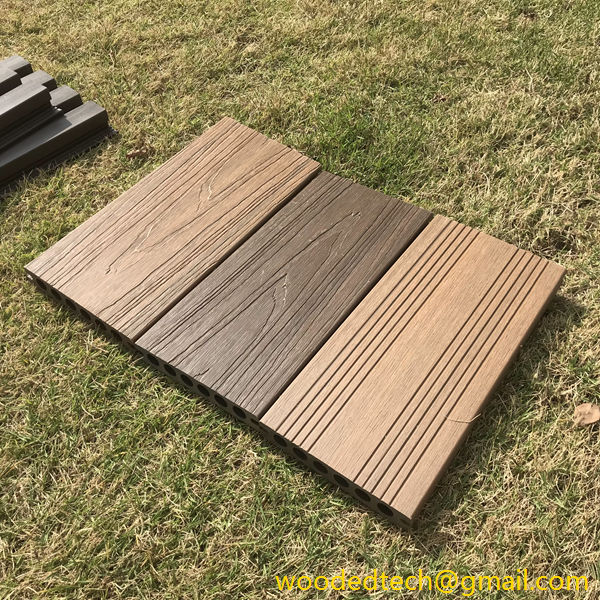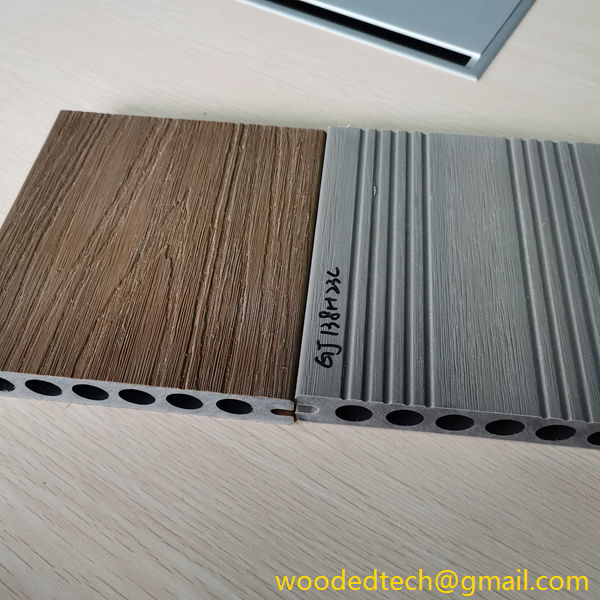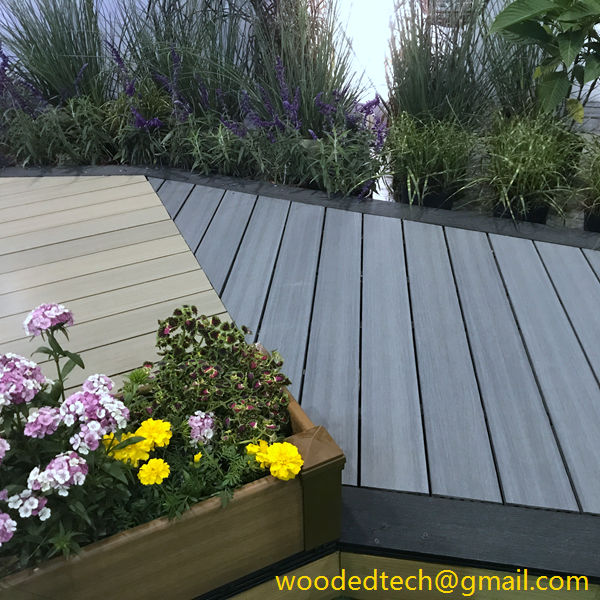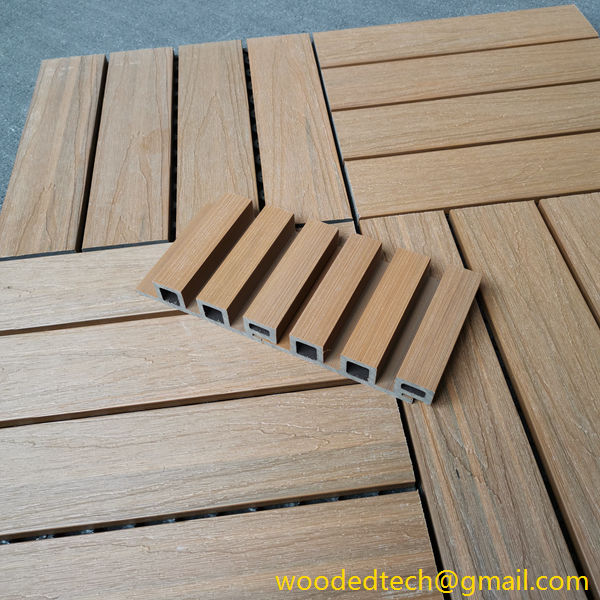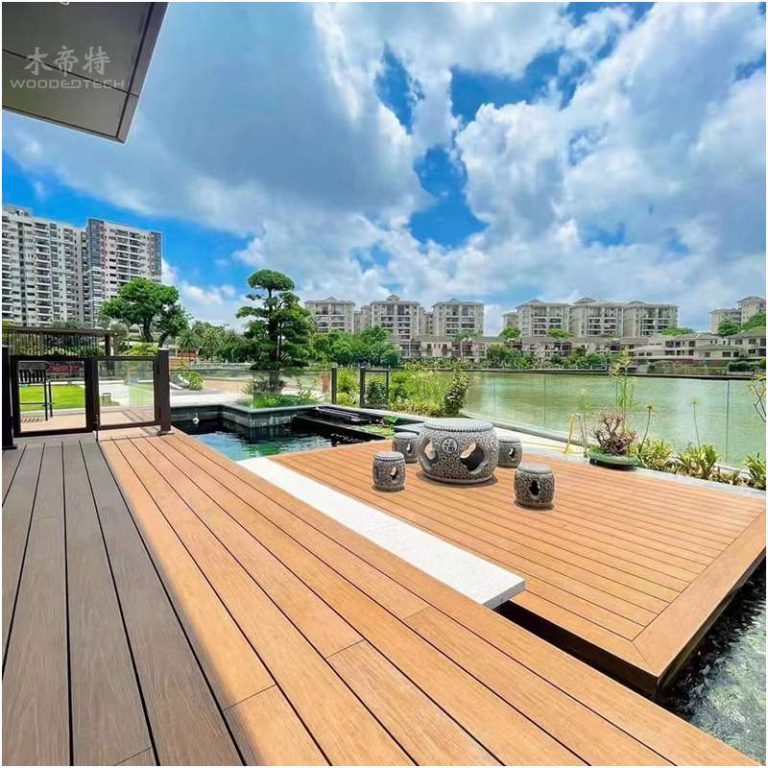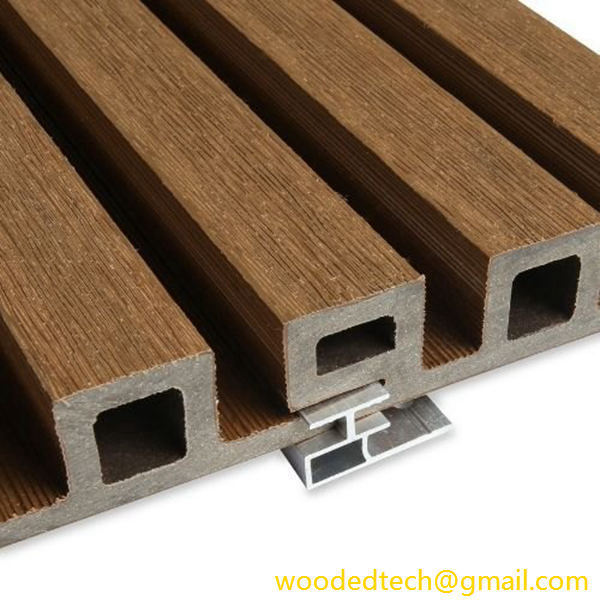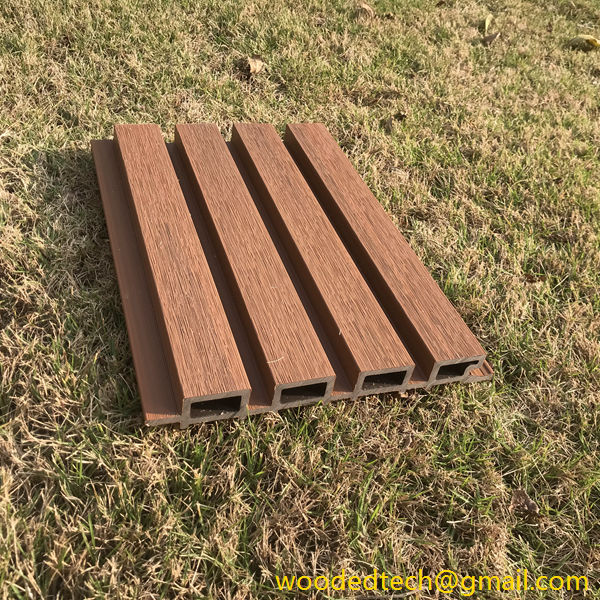Review of WPC Decking: An In-Depth Review of WPC Decking Features and Benefits
Review of WPC Decking: An In-Depth Review of WPC Decking Features and Benefits Wood Plastic Composite (WPC) decking has gained significant traction in the construction and outdoor living industries over the past few decades. As a hybrid material made from a combination of recycled wood fibers and plastic, WPC decking offers several advantages over traditional…
Review of WPC Decking: An In-Depth Review of WPC Decking Features and Benefits
Wood Plastic Composite (WPC) decking has gained significant traction in the construction and outdoor living industries over the past few decades. As a hybrid material made from a combination of recycled wood fibers and plastic, WPC decking offers several advantages over traditional wood decking and pure plastic alternatives. This article delves into the features and benefits of WPC decking, while also examining the global production capacity distribution of this innovative material.
WPC decking is celebrated for its durability and resistance to environmental factors. Traditional wood decking can suffer from various issues such as rot, splintering, and fading due to sun exposure and moisture. In contrast, WPC decking is engineered to withstand these challenges. The combination of wood and plastic creates a material that does not warp or splinter, making it safe and comfortable underfoot. Additionally, many manufacturers incorporate UV inhibitors into their WPC products, preventing fading and ensuring that the decking retains its aesthetic appeal over time.
Another significant advantage of WPC decking is its low maintenance requirement. Homeowners are increasingly seeking materials that do not demand extensive upkeep. Unlike traditional wood decking, which often requires regular sealing, staining, or painting, WPC decking typically only needs occasional cleaning with soap and water. This ease of maintenance appeals to busy homeowners and property managers alike, as it reduces the time and effort spent on upkeep.
WPC decking is also an environmentally friendly choice. The use of recycled materials in its production reduces the demand for virgin wood and minimizes waste. Many WPC products are made from post-consumer materials, including recycled plastics and wood scraps. This eco-friendly aspect resonates with consumers who are increasingly concerned about sustainability and the environmental impact of their purchasing decisions. Furthermore, the long lifespan of WPC decking means that fewer resources are consumed over time compared to traditional wood decking, which may need to be replaced more frequently.
In terms of aesthetics, WPC decking offers a wide range of colors, textures, and finishes. Manufacturers have developed advanced technologies that allow for realistic wood grain patterns to be imprinted onto the composite material. This means that homeowners can enjoy the natural beauty of wood without the associated drawbacks. Additionally, many WPC products come in various colors, allowing for greater flexibility in design and enabling homeowners to create personalized outdoor spaces that reflect their style.
As the demand for WPC decking continues to rise globally, understanding the distribution of production capacity is essential. Various regions around the world have emerged as leaders in WPC production. The United States has historically been one of the largest markets for WPC decking, driven by the popularity of outdoor living spaces and a strong focus on home improvement. Companies in the U.S. invest heavily in research and development to enhance the performance and aesthetics of WPC products.
In Europe, WPC decking has also gained significant market share, particularly in countries with strong environmental policies. The European Union’s commitment to sustainability has led to a growing preference for eco-friendly building materials, including WPC decking. Countries such as Germany and Sweden have developed advanced manufacturing processes that prioritize both sustainability and innovation, contributing to their position as key players in the WPC market.
Asia-Pacific is another region where WPC decking production is expanding rapidly. Countries like China and India are investing in modern manufacturing facilities and technology to meet the growing demand for WPC products. The rising middle class in these countries is driving increased spending on home improvement projects, including the installation of WPC decking in residential and commercial properties. Furthermore, as awareness of environmental issues rises in the region, the appeal of sustainable building materials like WPC is likely to increase.
Despite these advancements, the global WPC market is not without challenges. One of the primary concerns is the variability in quality among different manufacturers. The use of recycled materials can lead to inconsistencies in product performance, which may affect customer satisfaction. Consumers are encouraged to research and select reputable manufacturers that adhere to industry standards to ensure they are purchasing high-quality products.
Additionally, the supply chain for raw materials can be affected by fluctuations in plastic and wood prices, which can impact the overall cost of WPC decking. Manufacturers need to navigate these challenges effectively to maintain competitive pricing while ensuring product quality.
In conclusion, WPC decking represents a compelling alternative to traditional wood and plastic decking materials. Its durability, low maintenance requirements, eco-friendliness, and aesthetic versatility make it an attractive choice for homeowners and builders alike. As global production capacity continues to grow, particularly in key regions such as North America, Europe, and Asia-Pacific, the WPC market is poised for further expansion. As consumers increasingly prioritize sustainability and performance in their outdoor living spaces, WPC decking stands out as a material that meets these demands while offering a beautiful and functional solution.

